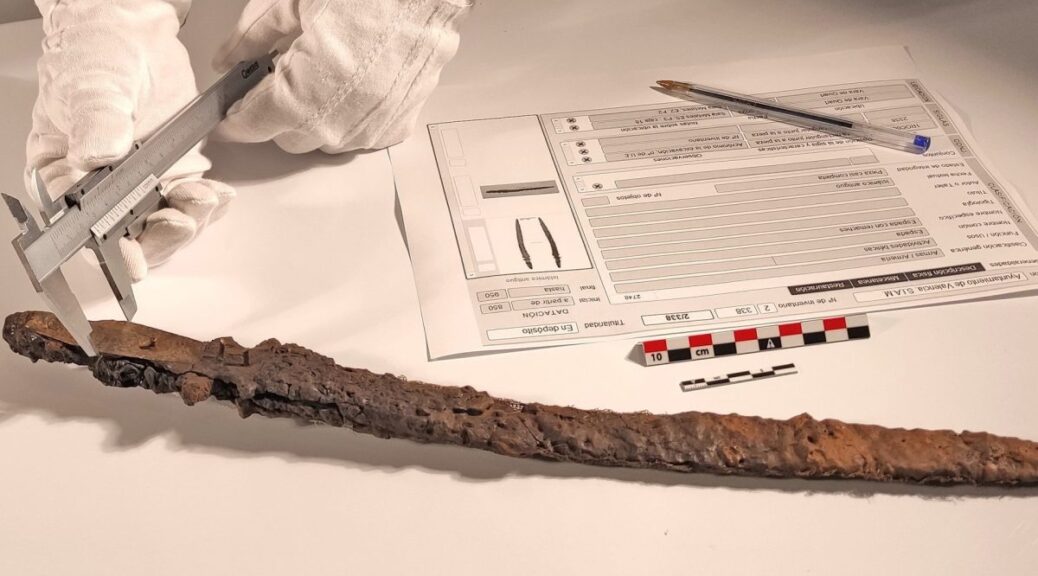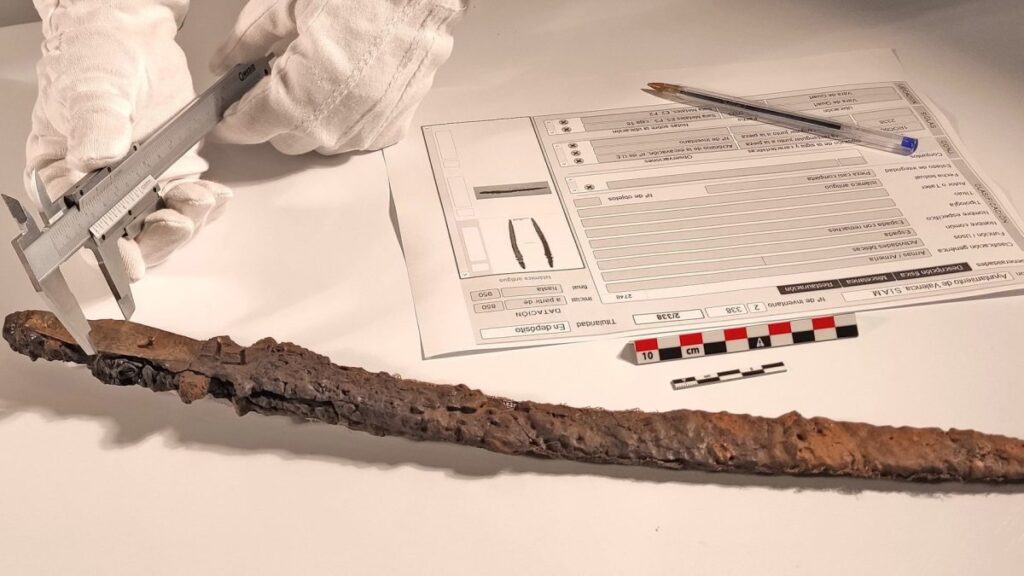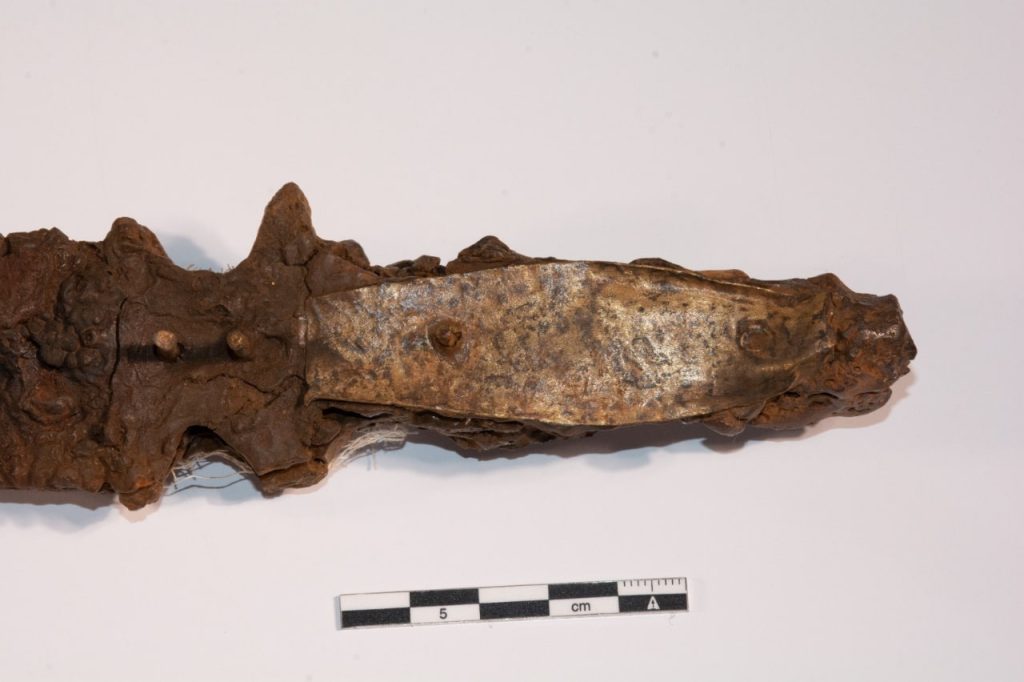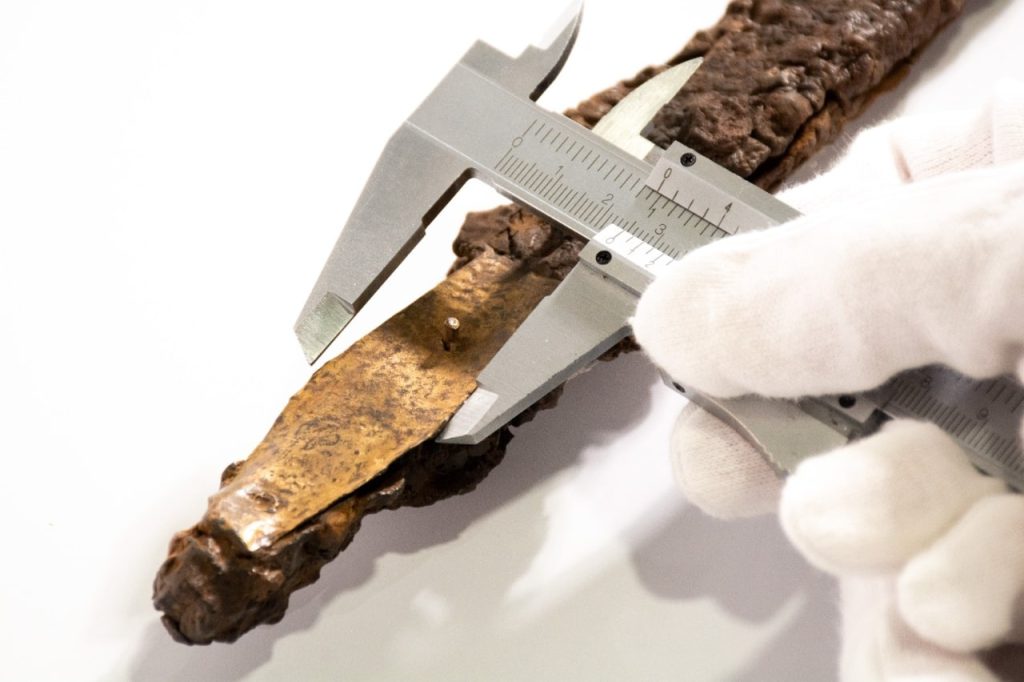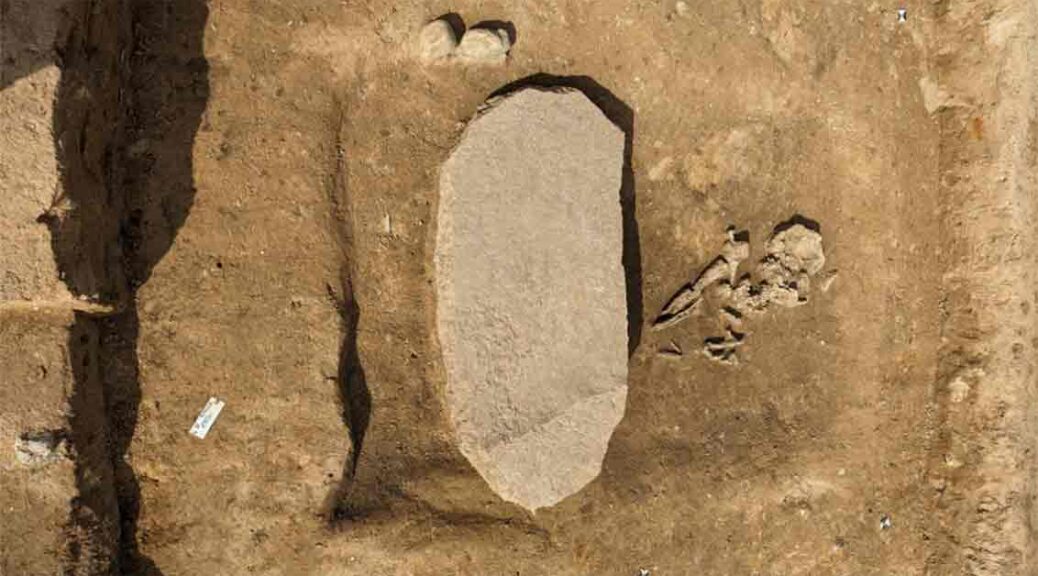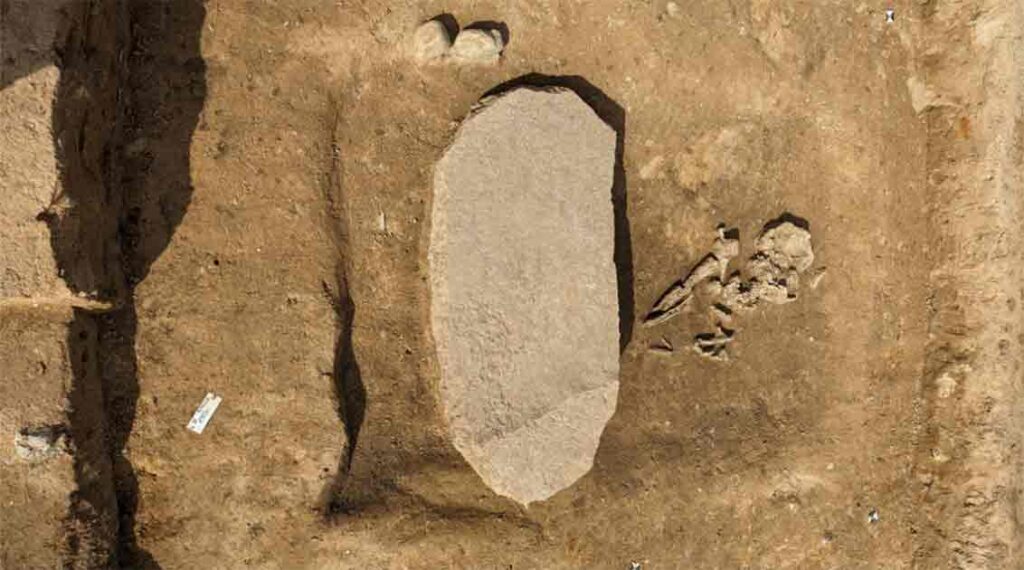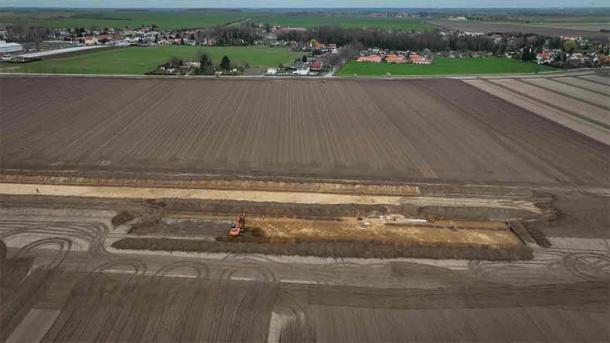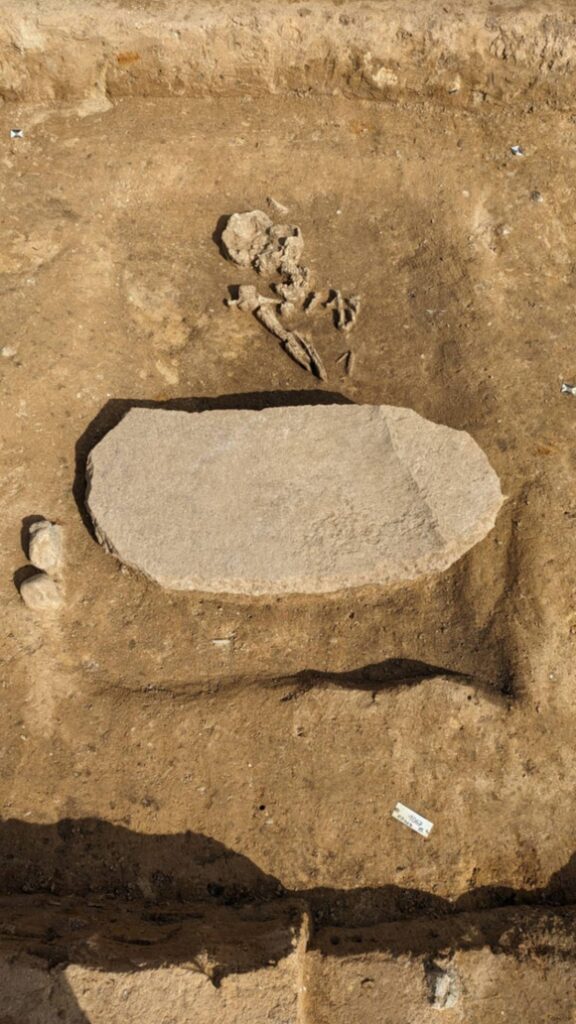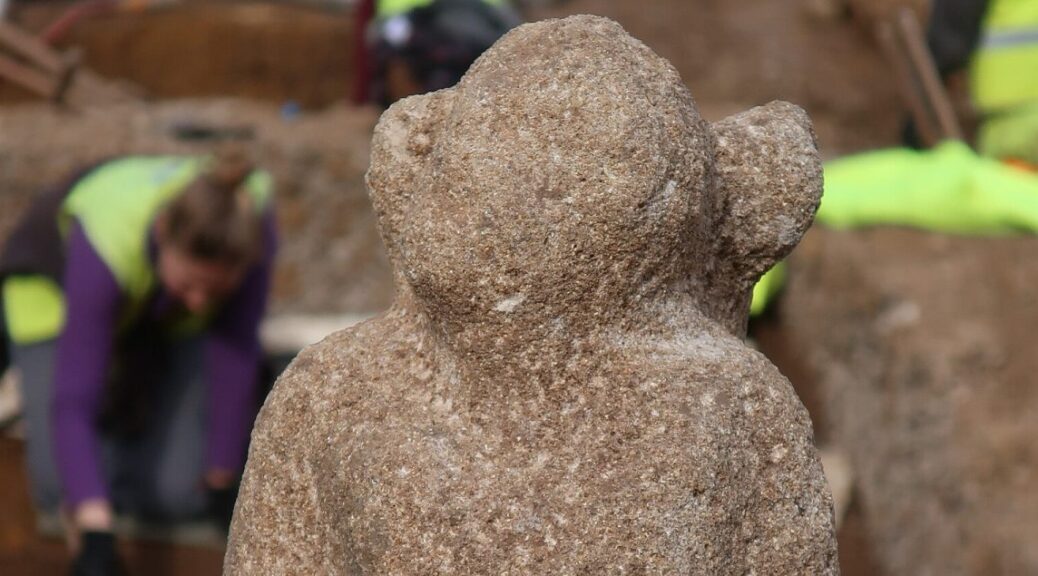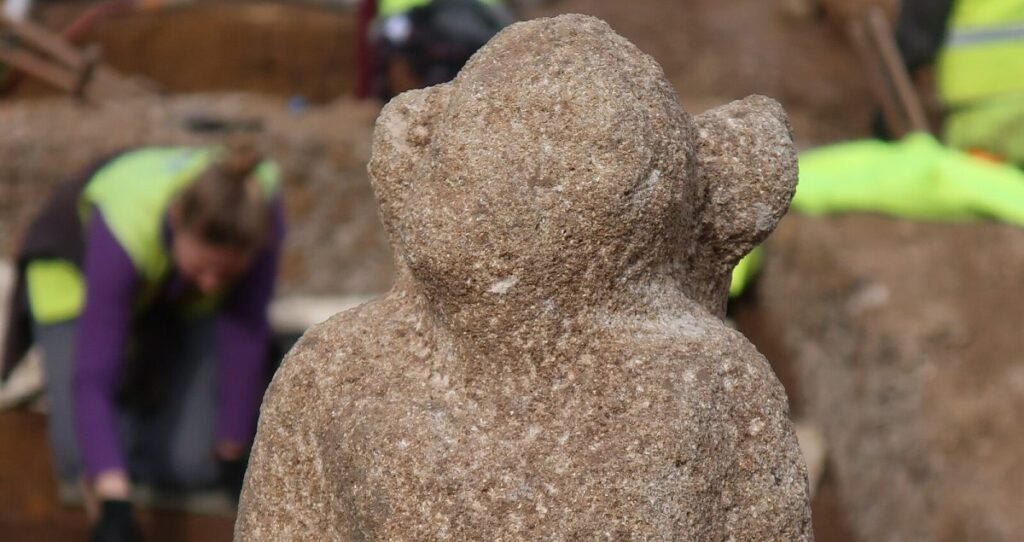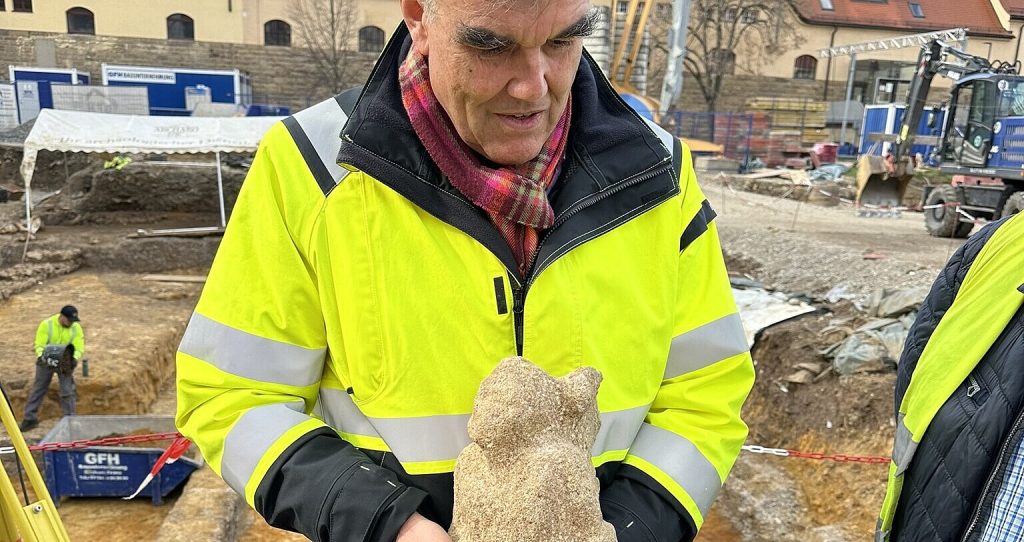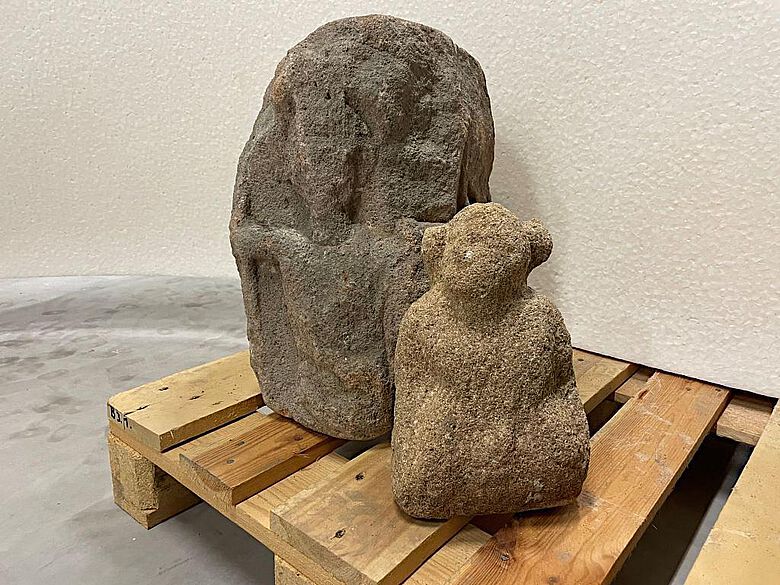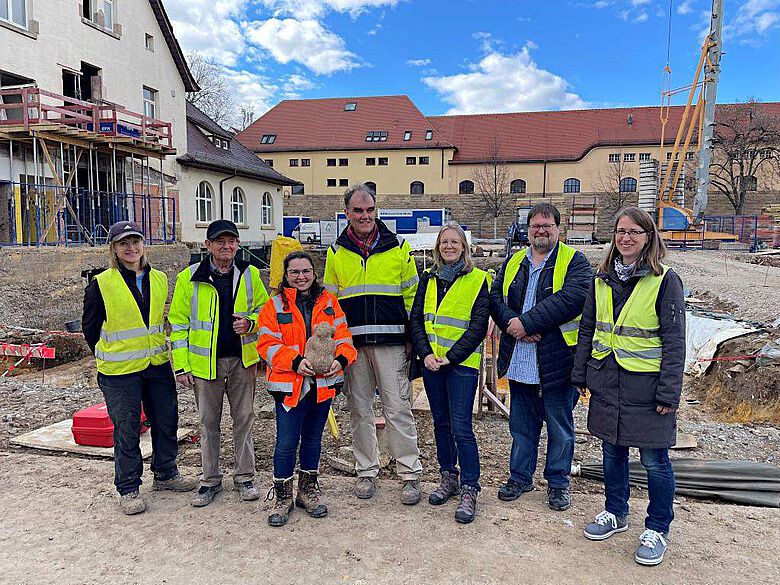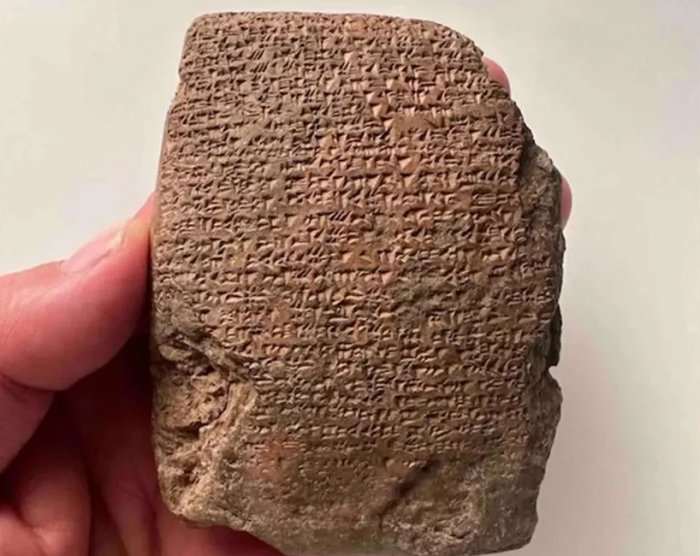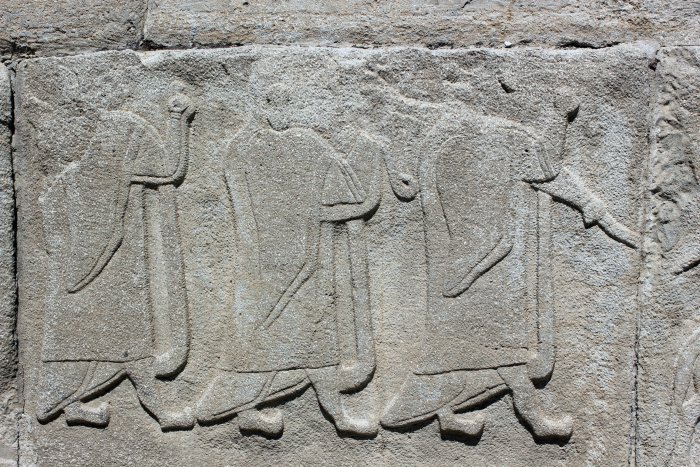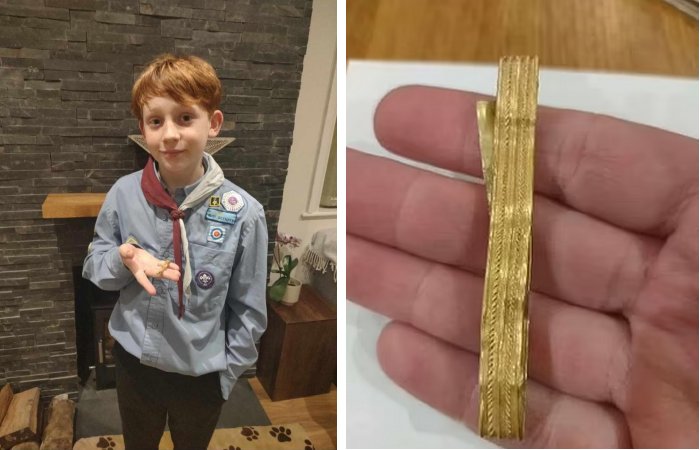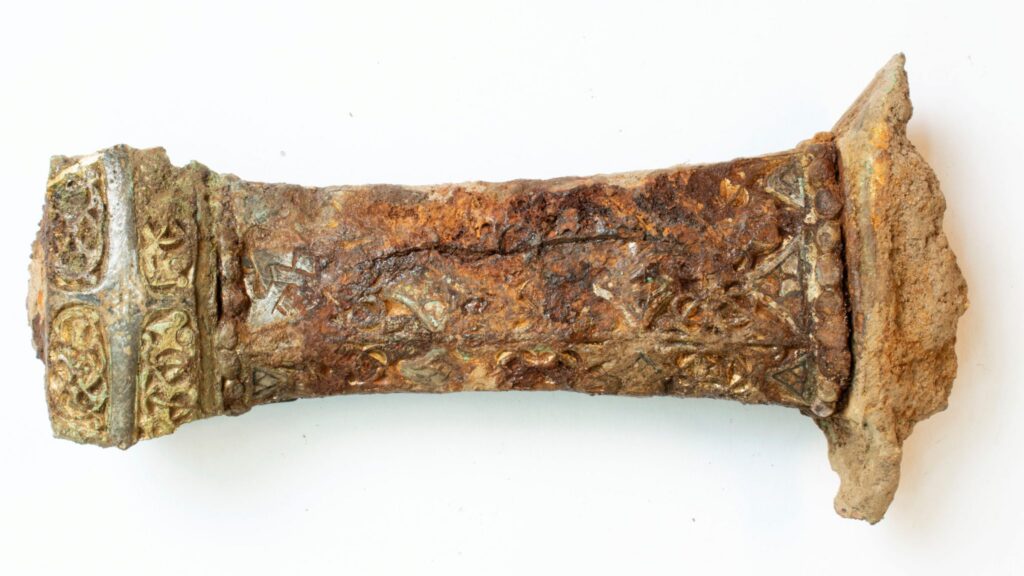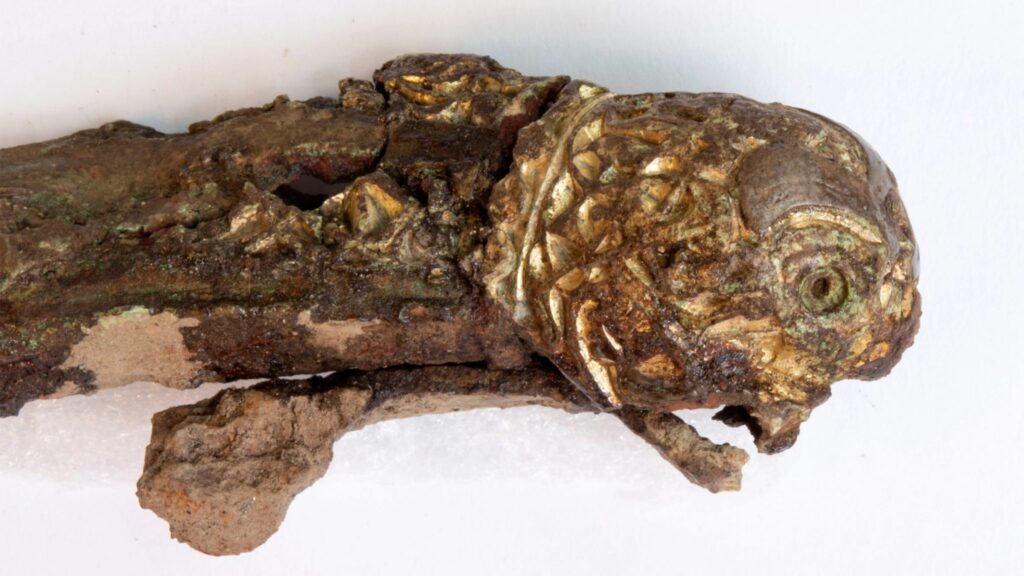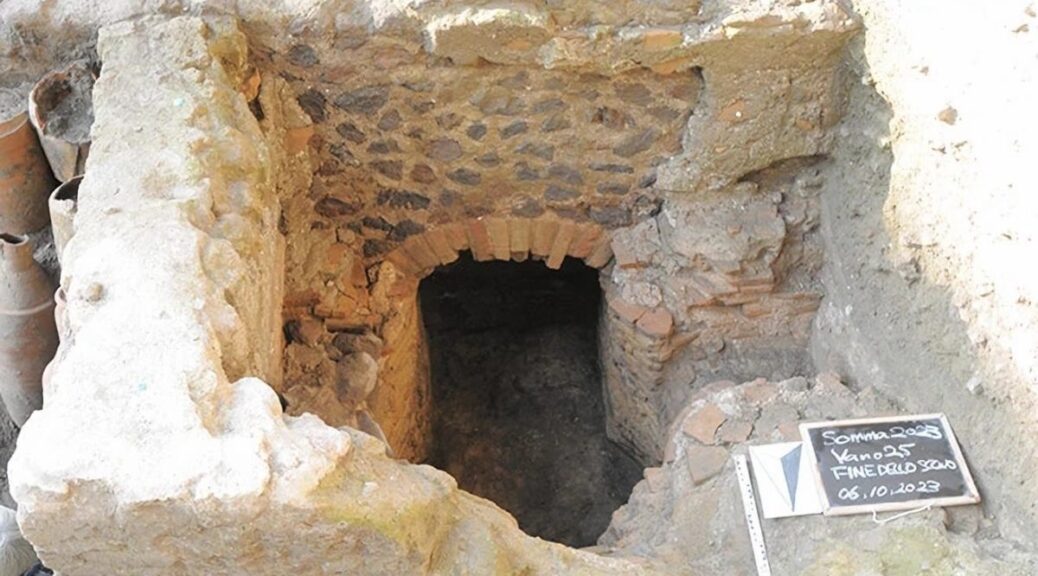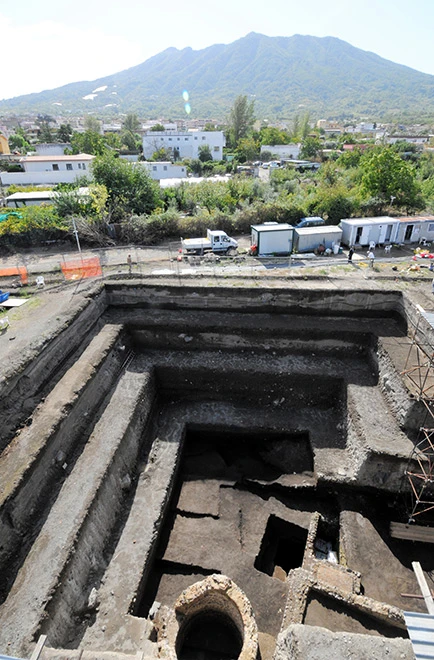Around 400-year-old Bronze idols found during house construction in India

Three bronze idols, estimated to be about 400 years old, were unearthed during excavation for a house construction project in the Mohammadpur Baghanki village of Manesar in the northern Indian state of Haryana.
According to the statement made by the police department, the idols were taken under protection, and construction work was ordered to stop.
The archeology department will start excavations to see if there are other idols in the region.
The idols are of Hindu deities – Lord Vishnu and Mata Lakshmi. The size of the standing Lord Vishnu idol is about 1.5 feet. With a height of one foot, the Lakshmi idol is seated and somewhat smaller. Both the idols have intricate carvings and designs. The third idol depicts Vishnu and Lakshmi sitting together.
The police stated that the idols were found during the excavation for a new house foundation, and construction work was underway using a JCB machine.
The plot owner initially made an effort to hide the discovery and even offered money to the JCB driver in exchange for keeping the details secret. But after two days, the driver notified the Bilaspur police, and they sent a team to the location, according to them.
The villagers consider the discovery as a sign of divine blessing. According to the police, the villagers wanted the idols to be handed over to the panchayat as they wanted to build a temple on the plot. The Archeology Department officials, however, refused their demand.
Deputy Director of the Archeology Department Banani Bhattacharya, said, “These idols are the property of the government and no one can have personal rights on these. These will be kept in the museum of the Archeology Department after study in our laboratory.”
He added that the idols were found at a depth of around 15 feet and were made of bronze.
Speaking with the Times of India, Bhattacharya said, “The idols have been transported to our laboratory for further study.
The archaeology department plans to use scientific methods to determine the exact age of the statues.
According to a preliminary examination, they seem to be around 400 years old. It appears someone buried them long ago. The Manesar area doesn’t have any previous findings, but we will examine the matter.”
Officials stated that they would look for inscriptions or markings that could provide clues about the statues’ origins. They also issued an appeal to the public asking them to cooperate and not disturb the site or the artifacts.
It is noteworthy to mention that Haryana, a state rich in cultural and historical heritage, is a common place to find ancient idols. It is the location of several significant archaeological sites, such as the stone carvings in Aravalis, Faridabad, and the remnants of the Indus Valley Civilization at Rakhigarhi.
